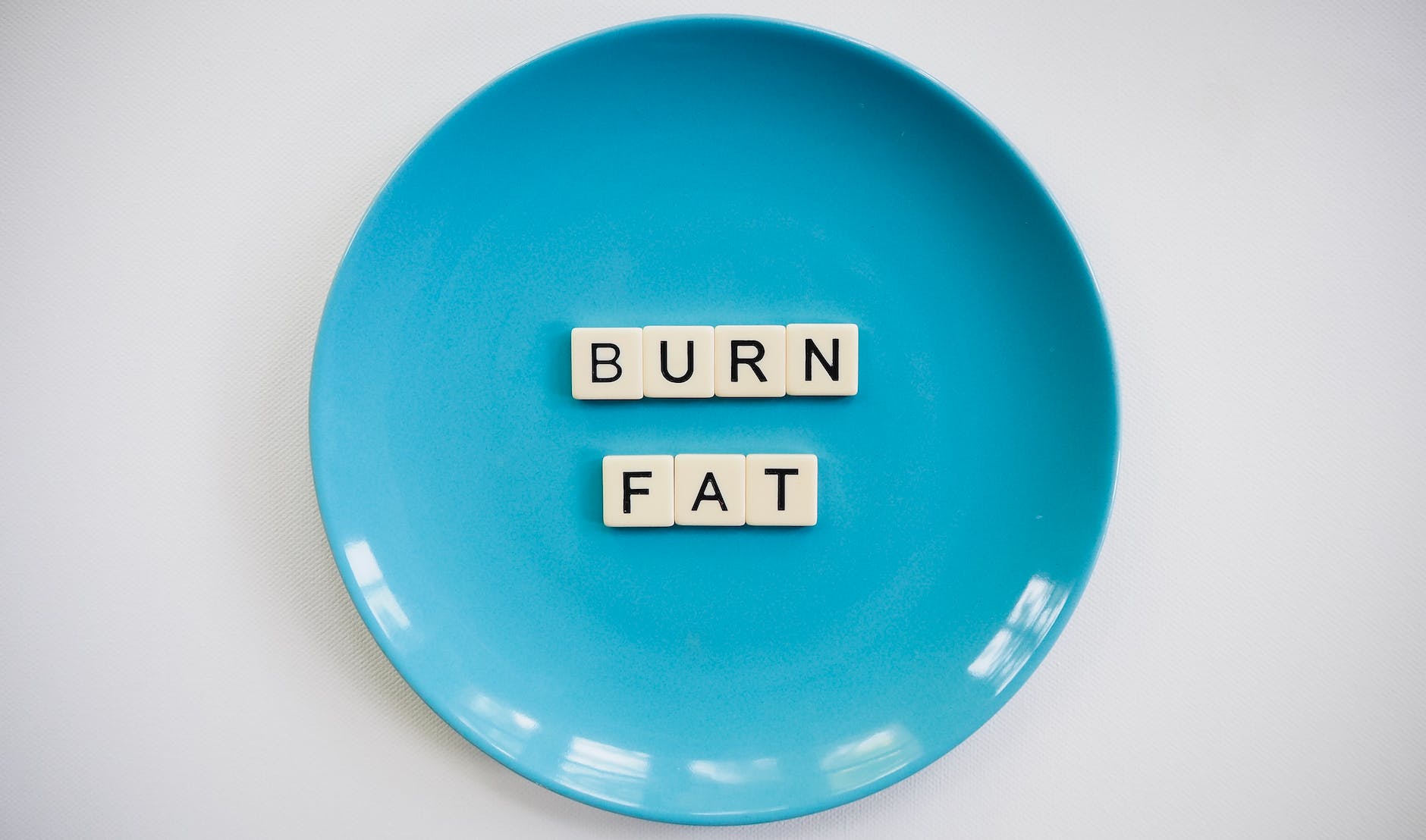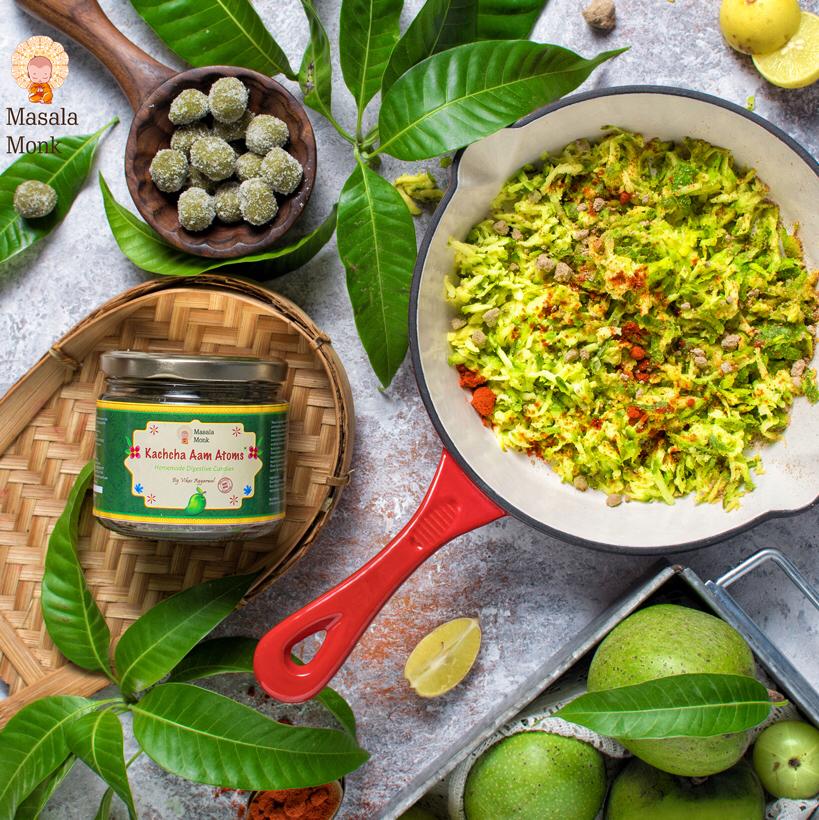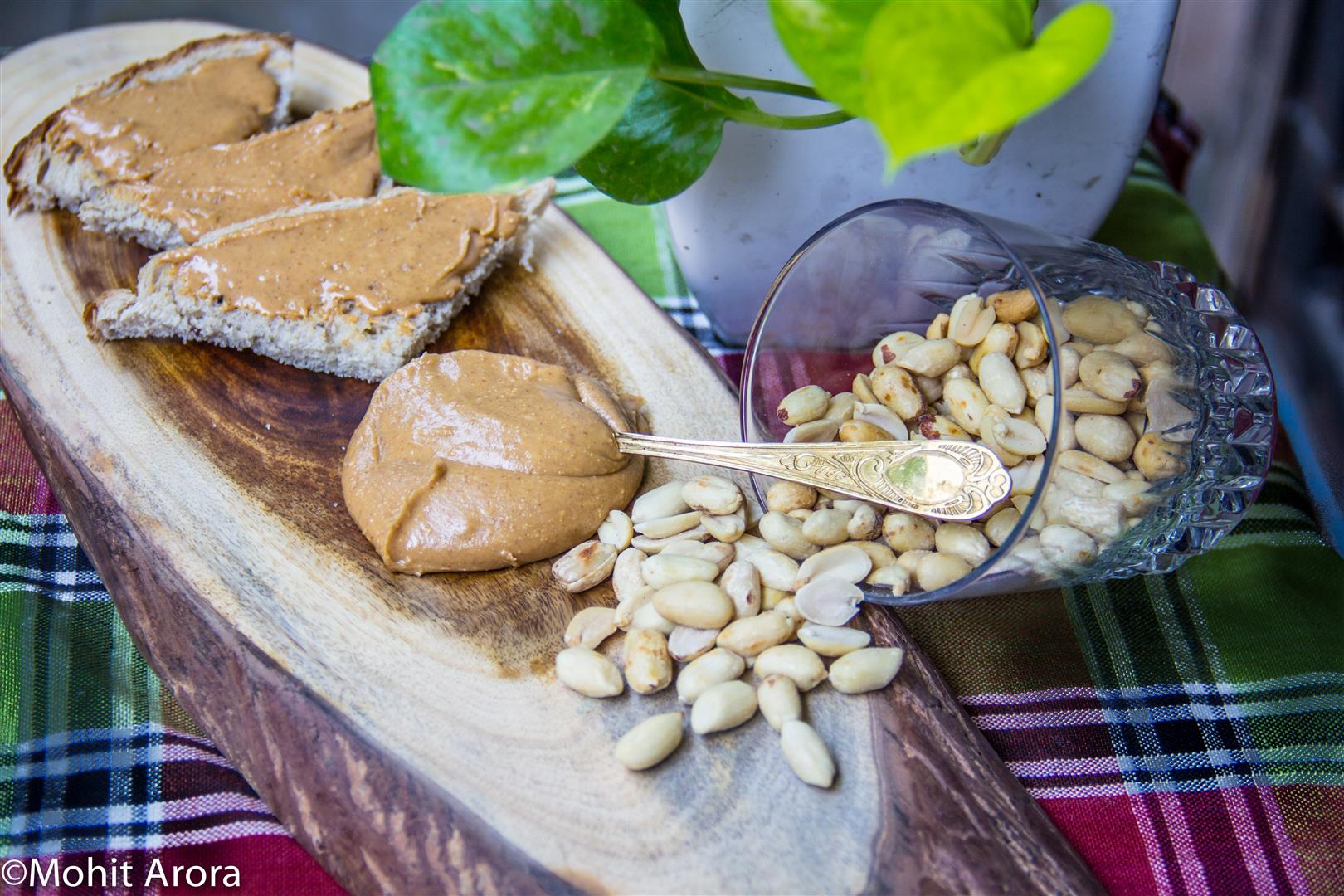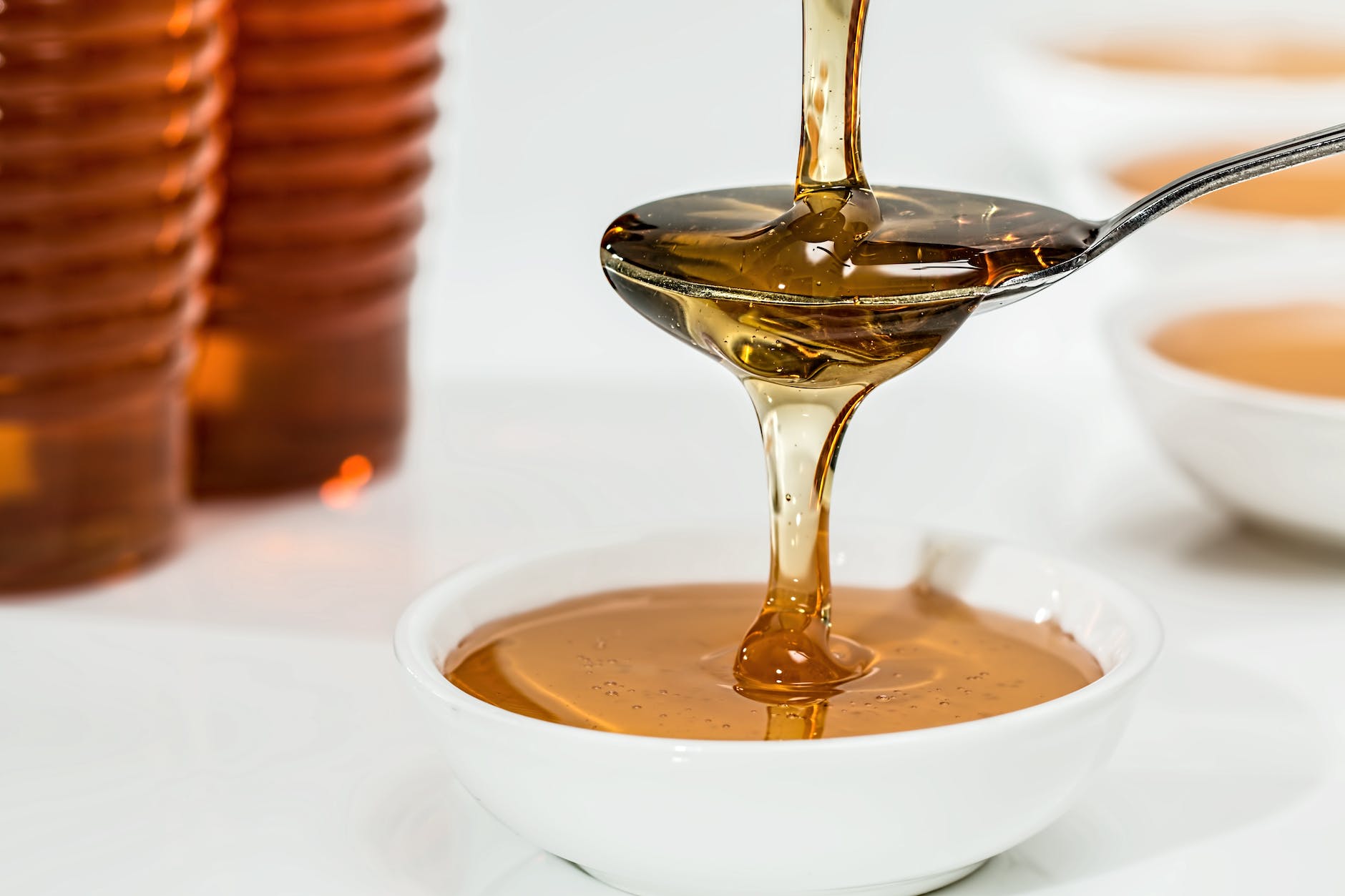
Are you looking for a natural and effective way to support your weight loss journey? Look no further than the dynamic duo of carrot and lemon juice! This powerful combination not only offers a refreshing burst of flavor but also provides a range of nutrients that can aid in weight management. In this comprehensive and in-depth blog post, we’ll explore the benefits of carrot and lemon juice for weight loss and how you can incorporate this delicious beverage into your daily routine. Get ready to sip your way to a healthier you! 🥕🍋
🥕 Low in Calories, High in Fiber: Carrots are a fantastic addition to any weight loss plan due to their low calorie content and high fiber content. One medium-sized carrot contains just around 25 calories, making it a satisfying and guilt-free snack. Moreover, carrots are rich in dietary fiber, which not only helps promote feelings of fullness but also aids in digestion and regulates appetite. The fiber in carrots slows down the digestion process, keeping you satiated for longer periods and reducing the likelihood of overeating.
🍋 Metabolism Boost: Lemons are known for their metabolism-boosting properties, primarily due to their high vitamin C content. Vitamin C is an essential nutrient that plays a crucial role in the body’s metabolic processes. It helps convert food into energy and facilitates the breakdown of fat during physical activity. Including lemon juice in your carrot juice provides an extra dose of vitamin C, giving your metabolism a natural and invigorating boost.
🥕 Hydration and Detoxification: Carrots are not only packed with nutrients but also with water content, making them hydrating and refreshing. Staying properly hydrated is important for weight loss as it helps regulate hunger cues, supports optimal bodily functions, and enhances metabolism. Additionally, carrots contain antioxidants and dietary fiber that aid in detoxification. The fiber helps promote healthy digestion and eliminates waste from the body, supporting the natural detoxification process.
🍋 Cleansing and Digestive Health: Lemon juice acts as a natural cleanser for the digestive system. It stimulates the production of digestive enzymes, which aids in the breakdown of food and promotes efficient digestion. Lemon juice also supports liver function, helping to eliminate toxins from the body and improve overall digestive health. This cleansing effect can contribute to a healthier gut environment, reducing bloating and improving nutrient absorption.
🥕 Nutrient Powerhouse: Carrots are not only low in calories and high in fiber but also packed with essential vitamins and minerals. They are an excellent source of vitamin A, which supports vision health, as well as vitamin K, potassium, and biotin. Carrots also contain antioxidants like beta-carotene, which is converted into vitamin A in the body and helps protect against cellular damage caused by free radicals. Adding lemon juice to your carrot juice provides an extra boost of vitamin C, which further enhances the nutritional value of the juice and supports immune function.
🍋 Delicious and Simple Ways to Enjoy Carrot and Lemon Juice:
- Blend fresh carrots and lemon juice with a bit of water to create a smooth and refreshing juice. Adjust the sweetness by adding a natural sweetener like honey or a dash of cinnamon, if desired.
- Add carrot and lemon juice to your favorite smoothie recipes for an extra boost of nutrition and flavor. Combine them with other fruits, leafy greens, and a source of protein like Greek yogurt for a well-rounded meal replacement or snack.
- Create a vibrant and nutrient-packed salad dressing by combining carrot and lemon juice with olive oil, herbs, and spices. Drizzle it over your favorite salads or use it as a marinade for grilled vegetables or proteins.
- Experiment with different variations by adding other ingredients like ginger, turmeric, or apple for added flavor complexity and additional health benefits. These ingredients can provide an extra kick of spice, anti-inflammatory properties, or natural sweetness.
🥕🍋 Incorporating carrot and lemon juice into your weight loss journey can be a delicious and effective strategy. This refreshing beverage provides hydration, essential nutrients, and metabolism-boosting properties that support your overall well-being and weight management goals. Embrace the natural goodness of carrot and lemon juice and make it a regular part of your healthy lifestyle.













